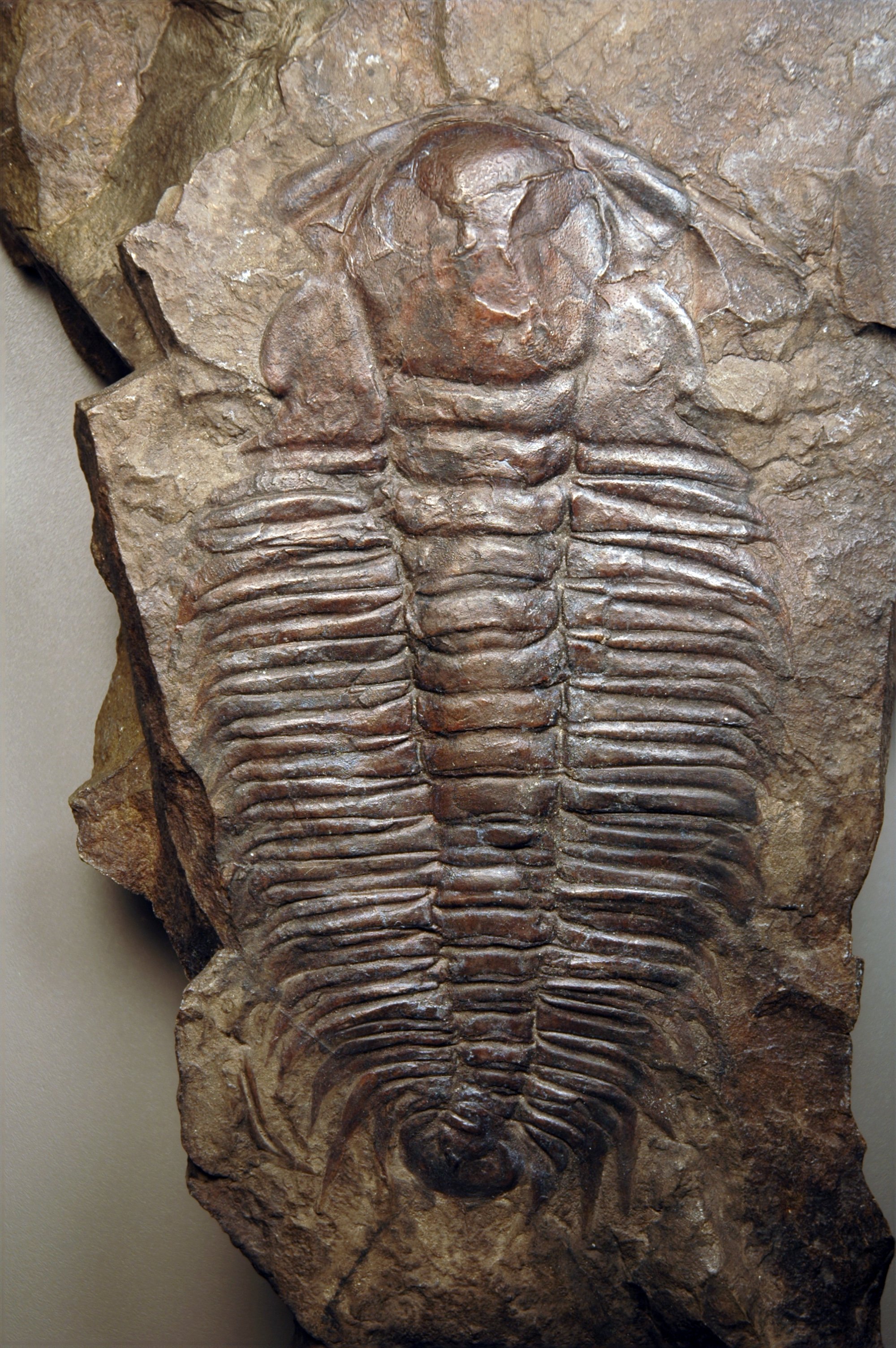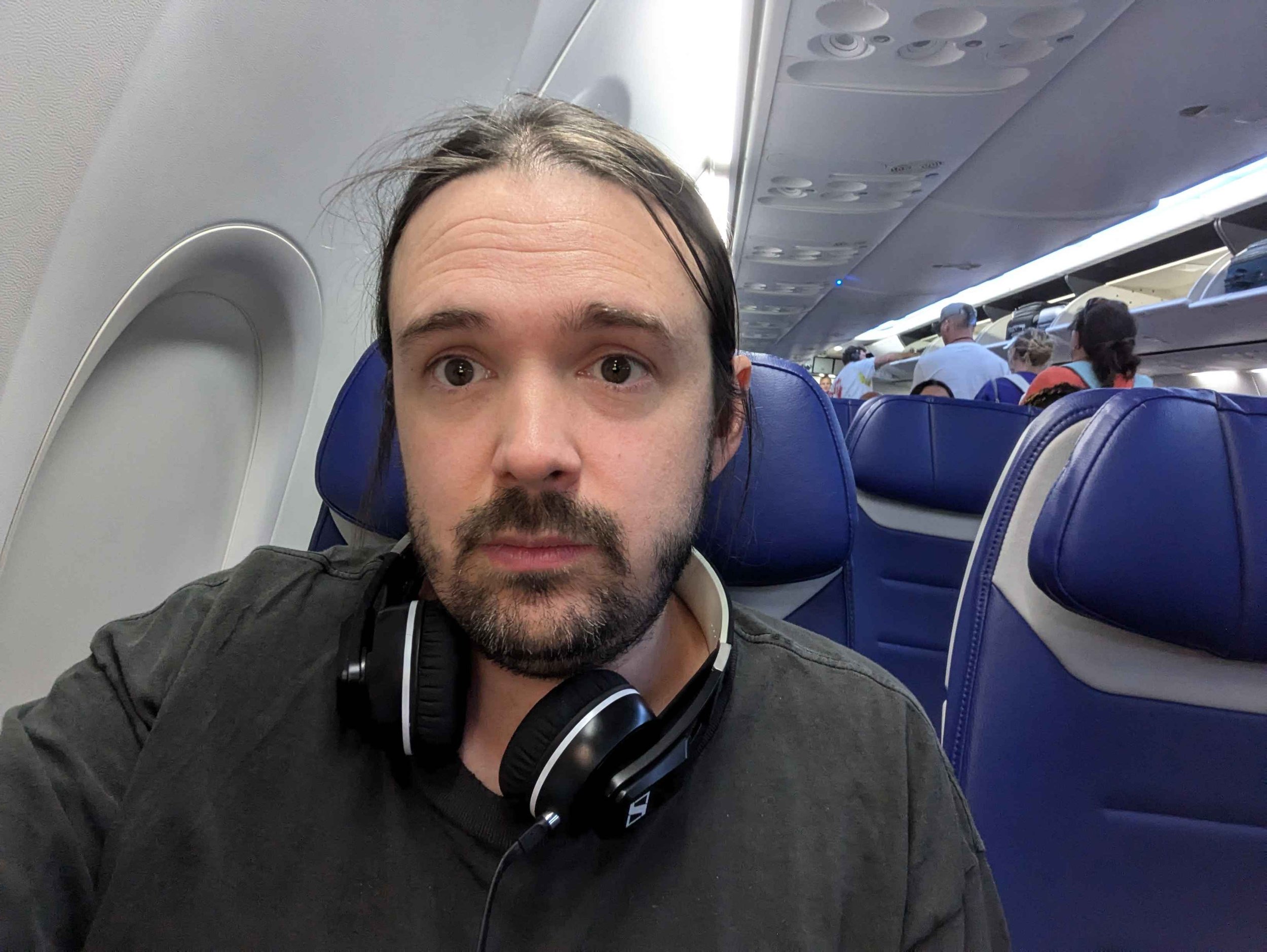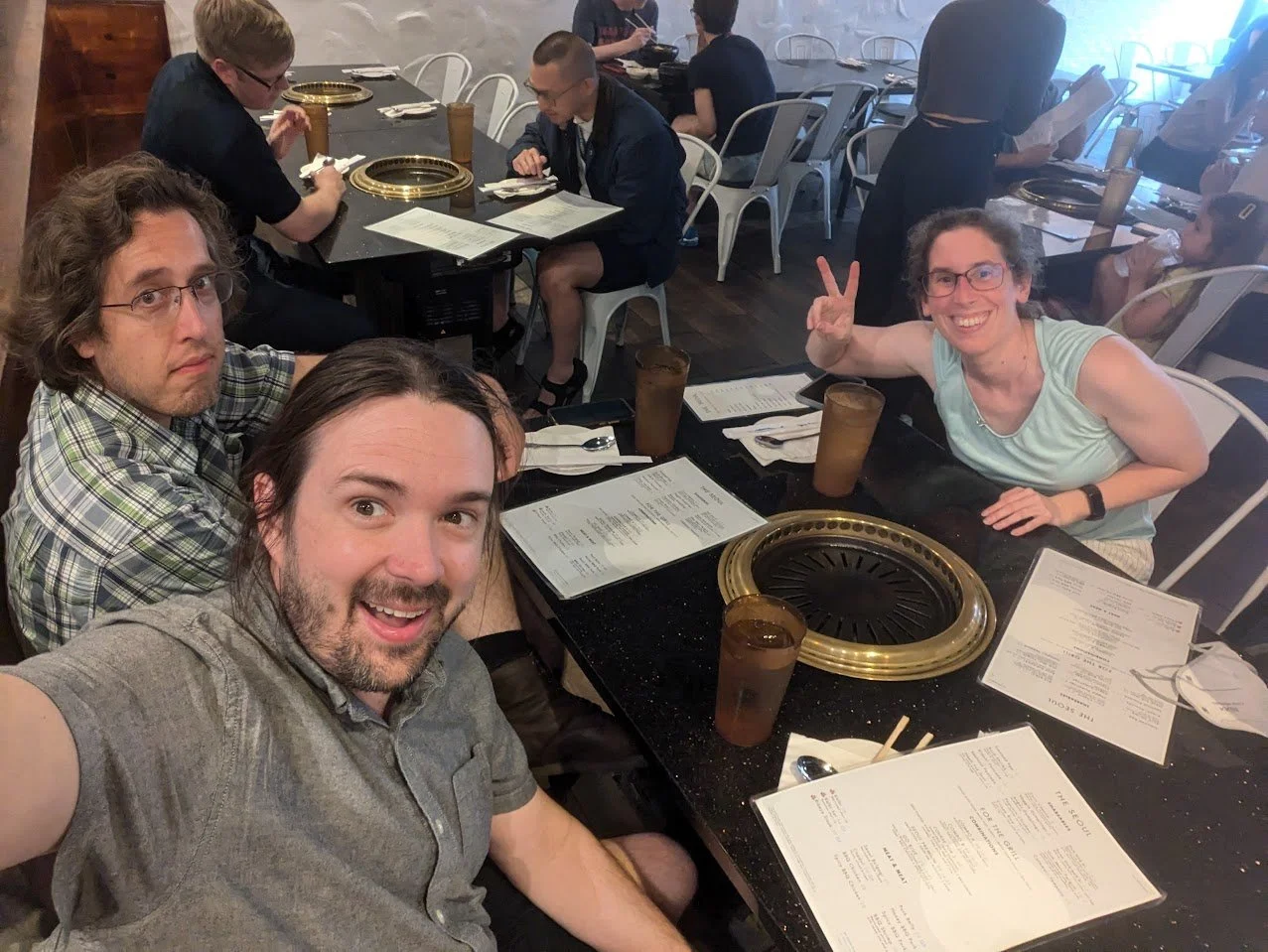The gang discusses two papers that look at convergence (maybe?) in modern arthropods. The first paper looks at plant/ant symbiosis in a genus of ants, and the second paper looks at color patterns in crayfish. Meanwhile, James sees through time, Amanda disappears, and Curt plays on everyone’s worst fears.
Up-Goer Five (Curt Edition):
The up-goer thing is back and able to be used so we are now happy! The friends look at two papers that look at how animals can look a lot like each other. In this case the animals are really small and made of small hard parts put together. The first paper is looking at some of these small animals that live on trees. These small animals can either live in a lot of trees or just one type of tree. The animals that live on just one type of tree also look a lot like each other. This paper looks at how and why this could be.
The second paper looks at the color of small but angry animals that live along big bits of water. These animals can be lots of colors. They find that different colors appear many times in this group. They look to see if there are any reasons why, and what they find is that maybe color is changing because color is not a big deal for the animals that are living under the ground.
References:
Probst, Rodolfo S., John T. Longino, and Michael G. Branstetter. "Evolutionary déjà vu? A case of convergent evolution in an ant–plant association." Proceedings of the Royal Society B 291.2026 (2024): 20241214.
Graham, Zackary A., and Dylan J. Padilla Perez. "Correlated evolution of conspicuous colouration and burrowing in crayfish." Proceedings of the Royal Society B 291.2026 (2024): 20240632.
Thumbnail photo by Vojtěch Zavadil - Own work, CC BY-SA 3.0, https://commons.wikimedia.org/w/index.php?curid=9959681

















